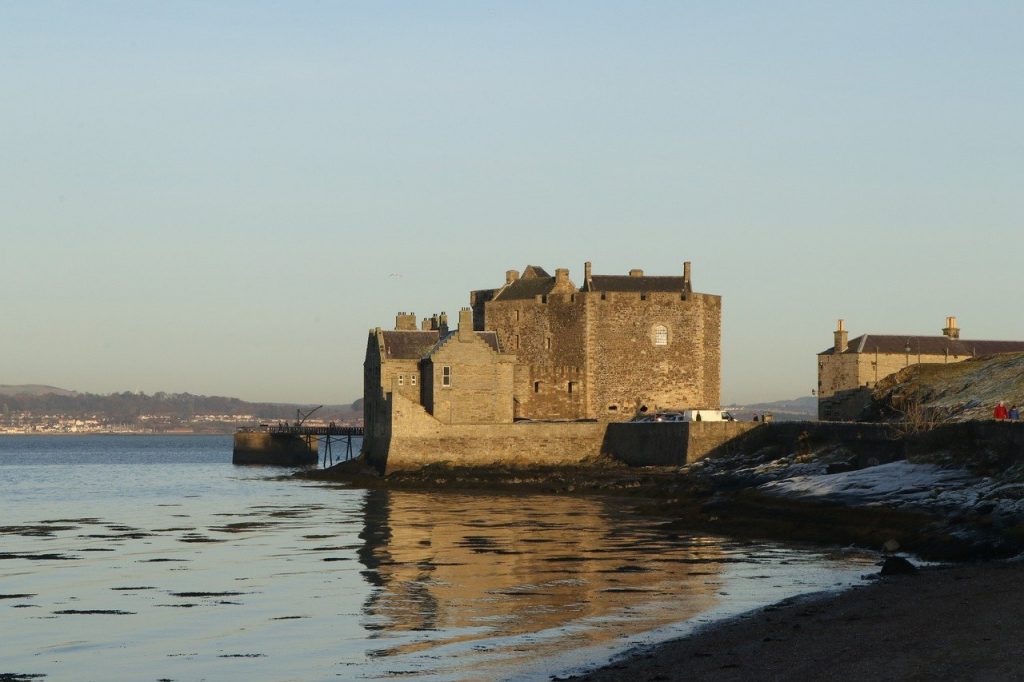The V&A Museum, named after Queen Victoria and her husband the prince-consort Albert, welcomed its 500,000th visitor six months earlier than expected. The new Dundonian museum is certainly bringing a lot of visitors from all over the country, which is good news for the lovely Scottish town.
In this article, we will tell you more about the idea behind building V&A, the construction process, and the exhibitions in the museum.
The Dundonian V&A
The Dundonian V&A is named after the famous Victoria & Albert Museum in London. The London venue opened during Queen Victoria’s reign in 1852, and it’s the world’s biggest museum of art and design.
The V&A in Dundee is a Scottish version of its English counterpart, which was made to exhibit various works relating to art and design. The project was meant to bring tourists to Dundee and boost its popularity.
A Contemporary Work of Art
The original V&A in London is a building with classical architecture, which went against the grain at the time it was constructed. Rather than building it in the popular of the mid-1800’s Gothic style, the architects went with the North Italian Renaissance style.
The Dundonian V&A, by contrast, is an extremely modern building – a statement of our times. It was designed by the Japanese architects Kengo Kuma & Associates, who also designed the Olympic stadium in Tokyo for the 2020 Summer Olympic Games.
Kuma said he wanted V&A Dundee to provide a welcoming environment, to be some sort of a ‘living room for the city’. Indeed, the building has many seating areas that are lit by natural light, which makes for a cozy learning experience. The building itself is very interestingly constructed. For example, there are no straight external walls – they are all curved, which makes the V&A look suspiciously a lot like a ship docked in the river Tay. This resemblance is reinforced by the museum’s placement – overseeing the river, and right next to the docked expedition ship HMS Discovery.
However, the architects themselves claim the museum is meant to appear like a Scottish cliff face hence the 21 curved wall sections. Whatever it is, it’s awe-inspiring.
The project was not only meant to visually represent the future, but to also represent the future ideals. This is why the project managers sought to make the V&A environmentally-friendly. The V&A uses renewable energy, that is geothermal energy.
The whole project cost £80.11m, which includes design, construction, and fit-out.
A Royal Opening
As the first museum of art and design in Scotland, the V&A was officially opened by the Duke and Duchess of Cambridge, who also have the Scottish titles of Earl and Countess of Strathearn. The official opening was on 29th January 2019, almost four months after the museum opened its doors to visitors on 15th September 2018.
Duchess Catherine wore an appropriate coat of blue and green tartan and greeted visitors as the new patron of the V&A. The event brought a large group of people who wanted to meet the royal couple and visit their new museum.
A Milestone
The Dundonian V&A reached an important milestone on 17th April 2019 – it welcomed its 500,000th visitor! It took a little over six months to meet that target, which the museum expected to reach in a year of opening.
The V&A has exceeded everyone’s expectations by attracting lots of tourists, many of whom even return for another visit.

More Stories
Cristiano Ronaldo: Where Fashion and Football Meet
London Fashion Week This Year
Powerful English Queens